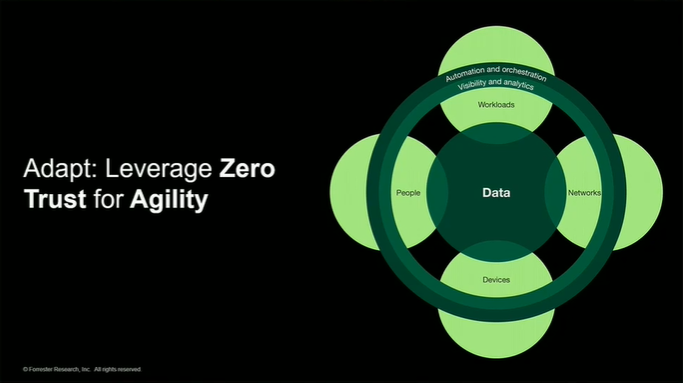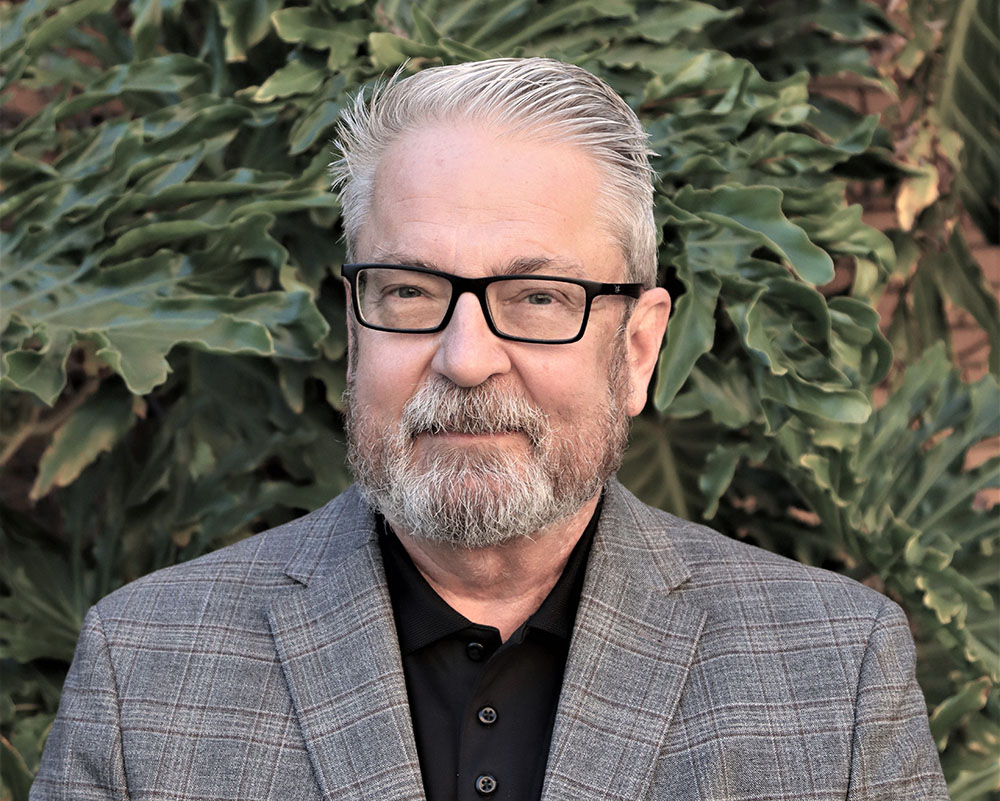As part of our ongoing series about how wearable tech is changing certain industries. we’ve already looked at how it’s being used by professional sports teams, neurological scientists, and the world of healthcare. Another area in which is it instigating profound changes is in the world of helping people with disabilities. We already know that cloud computing can assist the disabled, but what about specifically Google Glass?
Andy Lin, a Technology Specialist at the Centre for Applied Rehabilitation Technology at ‘Rancho Los Amigos National Rehabilitation Centre’, is hoping to customise the device in an attempt to provide new levels of accessibility for his patients. One unnamed patient who has benefited the most from Lin’s tweaks suffers from muscular dystrophy. The patient in question already is forced to use a wheelchair for mobility and a ventilator for breathing; his limited motor skills means until now he has been unable to enjoy a hobby that most people taking for granted – photography.
“He was just moved by the ability to take a picture. I think with a lot of our patients that may be the feature they would use the most – being able to take pictures and share it with friends and family. The patients have been really enthused about and supportive of the project,” Lin said. “It seems like word about Google Glass here at the hospital has spread like wildfire. It’s definitely fun showing the device to people and seeing their reactions. I most enjoy when I demo it to patients though, and seeing their faces light up,”
Another patient called Rosie has also drawn huge benefit’s from Lin’s work. She has very limited mobility and is required to use a wheelchair. Sadly, she cannot speak and needs to use a synthesised voice machine to communicate, while additional lacking the motor control to used the touchpad on Glass. To overcome the issue, Lin has been experimenting with switch access – an assistive technology device that replaces the need to use a computer keyboard or mouse. He hopes patients with both cognitive and physical disabilities can take advantage – allowing sufferers of ALS, cerebral palsy, spinal cord injuries, strokes, and brain injuries to all ultimately improve their quality of life.
Due to the device’s features such as eye control (where a wink can take a photo) and head control gestures, Lin’s expects to be able to further customise the machine to help patients with no motor control at all. He is also working on a bluetooth joystick, allowing users to circumnavigate the need for voice control and manage the devices directly from their wheelchairs. He is collaborating with developers in an attempt to build prototype machines that can test the above ideas.
By Daniel Price





